Natural or man-made gemstones?
Malachite

Sunstone / Goldstone / Starstone

Opalite and Noble Obsidian

Opalite and Noble Obsidian are often found in tumbled form together with other natural stones, however it is simply coloured artificial glass in both cases. Often small air bubbles can also be observed inside, which are typical of the industrial production process.
Turquoise

Natural Turquoise is extracted in different parts of the world, and has a blue color with possible brown or black veins, often opaque, and is usually stabilized in color to prevent oxidation from altering its color from blue to greenish.
It is one of the most imitated stones on the market. Its forgeries can be made by chemically dyeing porous stones such as Howlite or Magnesite, or directly with totally artificial plastics and resins. Also in this case it is therefore possible to test and verify the material with a heat source or a metal tip.
As for the Mojave Turquoise (or Copper, Oyster, etc.) in this case it is a mixture of pieces of Turquoise and other materials (natural and artificial) which are then chemically dyed and polished.
Citrine Quartz
Citrine Quartz is currently perhaps the most imitated stone on the market, because it is extremely rare and in great demand.
What we now find on the market, characterized by a warm and intense color that can go from honey yellow to orange, with white and not very transparent areas, is actually Amethyst (also from the Quartz family) which has been heated to very high temperatures in specific ovens to alternate the color.
The natural Citrine Quartz has a cold yellow color, it can have darker but certainly not white areas, and usually has a high transparency. Nowadays it is extremely rare, most of the specimens left on the market are left raw and have decidedly higher than average prices.
Aura Quartz

The Aura Quartzes are tips of Hyaline Quartz exposed to very high temperatures (up to 900°) and chemically treated with different substances, usually metals, to give them opalescent colors of different shades and intensities.
Agate

Agate is a very abundant gemstone in nature, therefore it is usually not imitated with artificial materials, but very often it is chemically dyed to make it more "attractive". The colors found in nature (many!) are in fact generally very soft, while the dyed Agates have bright colors such as fuchsia, neon blue, etc.
Cracked Quartz

Also in this case it is hyaline quartz which is cracked to allow a chemical dye to penetrate and color the stone.
Black Onyx and Obsidian

Black Onyx and Obsidian are also very often imitated (especially in beaded bracelets). In the case of black onyx, stones that belong to the same family as onyx are chemically dyed, such as agate or chalcedony, or artificial vitreous pastes are used directly. And this is often the case with Obsidian as well.
Natural Onyx is a variety of Agate with black and white bands. In the black parts, the color can be more or less intense, but it is rarely uniform. Natural obsidian, on the other hand, is more difficult to recognize if worked and smoothed, the advice is to buy it raw and go and look for those impurities and imperfections typical of a natural original material.
Amber
Amber is the resin emitted by conifers which subsequently fossilizes over time (even tens of millions of years) and in some cases solidifies, preserving plant, fungal or animal remains including arthropods and, much more rarely, vertebrates. Its color can vary from yellow to reddish to brown, and it is translucent. Unfortunately, it too is forged very frequently and it is almost impossible to determine its authenticity from a single visual examination. However, two types of tests can be performed.
The first, useful if the Amber is not mounted on jewellery, is to immerse it in a glass of water saturated with salt. If our Amber floats it is natural, if it sinks then it is an artificial imitation. If, on the other hand, the Amber is already mounted on a jewel (and therefore it would sink in the glass anyway) you can try rubbing it hard with a cloth soaked in acetone: if it is natural it will not get damaged, the artificial one will.
Moonstone: Adularia or White Labradorite?

In this case we are not talking about forgeries or treatments, but about a name which refers to two different types of stones. With Pietra di Luna (Moonstone) we can refer to Adularia, characterized by a phenomenon called adularescence which consists of a slight superficial glow visible when the stone moves. But we can also refer to the White Labradorite (often called Rainbow Moonstone), a variety of labradorite that is extracted mostly in Madagascar. White Labradorite has more intense reflections and colors ranging from light blue to blue, yellow up to orange-reddish or purplish tones.

